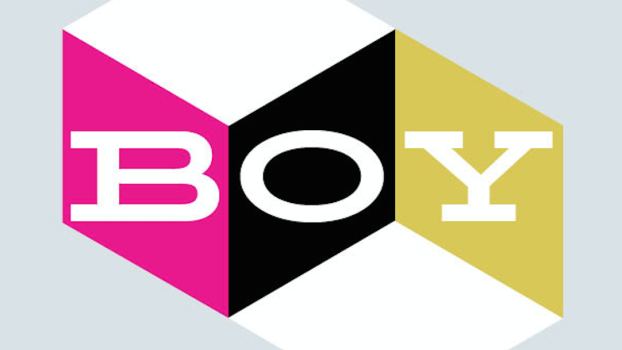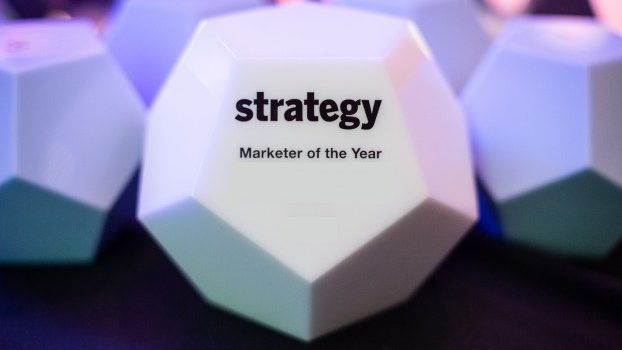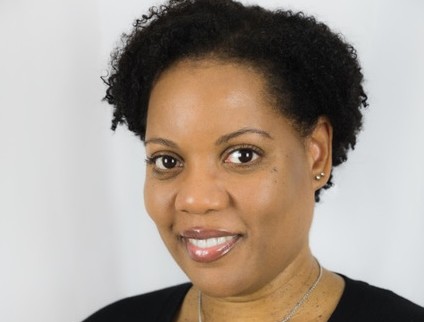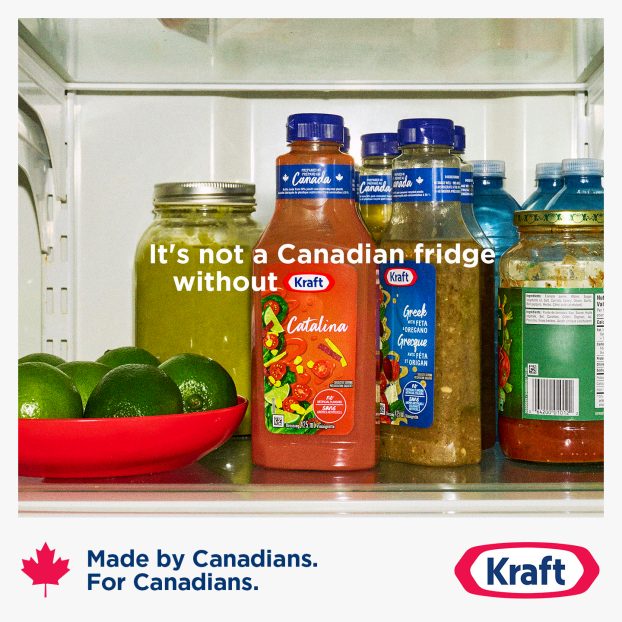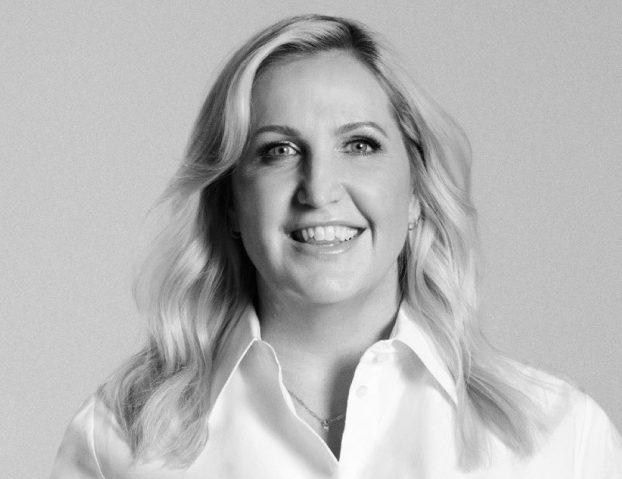Deanna, a former beauty editor at Cosmopolitan, was covering crowd-sourced beauty brand Volition Beauty a few years ago, after having battled cancer in her 20s.
“She said, ‘I wish you had been around a couple of years ago,’” recalls interviewee Brandy Hoffman, who co-founded the U.S.-based brand in 2016 alongside Patricia Santos. Deanna explained that chemotherapy had left her bald and, more unexpectedly, without brows. She had tried everything, including various beauty products to draw them on, but found that even oil-proof liner would smudge and eventually wear off.
The editor later pitched to Volition the idea of creating an adhesive eyebrow replacement, which the brand later launched as Mission Brows and is now used by anyone, and not just cancer patients. In doing so, she became another Volition “innovator” and served as testament to the brand’s vision and go-to-market strategy.
Volition came to Canada via Sephora Canada in mid-September last year. (Three products are sold in stores, with an additional five through Sephora online, but Canadians have access to the entire selection on the brand’s own site.)
Customers – or aforementioned “innovators” – submit their beauty product ideas to the brand. Hoffman (pictured left, below) says every submission is vetted against safety (the “easiest one”), feasibility (“can we make it the way the innovator envisioned”) and whether the idea is sufficiently differentiated from what’s already out there. The company then employs its lab technicians to work out design kinks, produce samples and build “campaigns” – at which point, the larger 340,000-person Volition community reviews and votes on the products they want to see on shelf.
 In essence, the innovators (whose bio and profile are included on the Volition website) become a product ambassador and help drum up support for their own ideas. Successful entrepreneurs earn a royalty for their efforts and ideas.
In essence, the innovators (whose bio and profile are included on the Volition website) become a product ambassador and help drum up support for their own ideas. Successful entrepreneurs earn a royalty for their efforts and ideas.
“Our product development process is our marketing process,” Hoffman says, adding that it allows customers to help the brand identify a white space in the market, turning the product development process on its head. Meanwhile, the brand helps draw attention to the work of its innovators through social and digital channels.
Both founders had worked in the beauty industry before launching their venture: Hoffman in product development, marketing and sales, and Santos as a strategic investor. They had noticed that product development is normally done in “silos” (or independent of customers), says Hoffman, which meant similar products were being launched by various brands at the same time. “We knew there were better ways to incorporate the consumer in a much more meaningful way, and it would be have great business benefits.”
It ultimately boiled down to launching fewer unwanted products, she says.
While the brand originates in the U.S., Hoffman says it has approached the Canadian market through a unique lens. Sephora Canada helps determine which of its products are more locally relevant, while Canadian PR partner Jane Gill ensures its communications are aligned with consumers here.
Hoffman says the Canadian consumer is “extra sensitive to clean and non-toxic beauty,” while the U.S. has been slower to adopt these trends. So, it plans to promote the fact that its products are cruelty-free and come with a “safe science” seal (meaning without harmful ingredients). And last week it held a “Future of Beauty” discussion panel and creation lab in Toronto, specifically to recruit Canadian innovators. “We know that what they’re going to do will be different, innovative for them and resonate within the Canadian market.”


